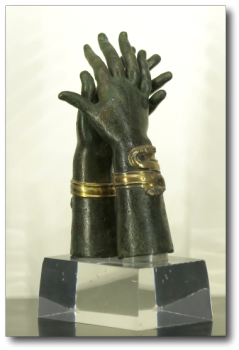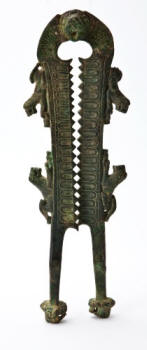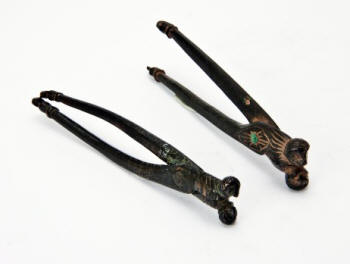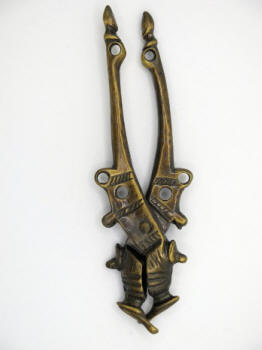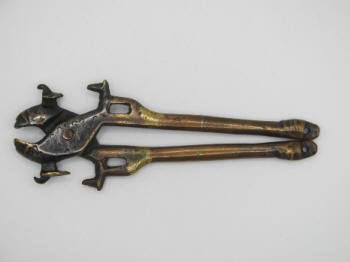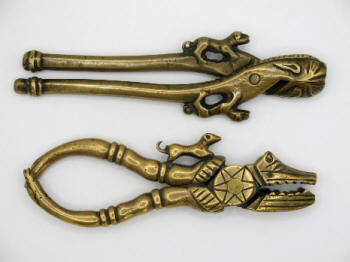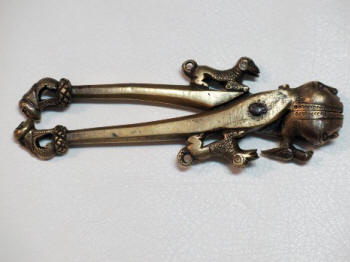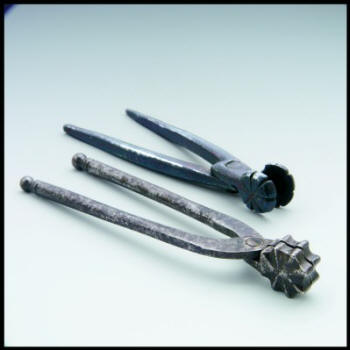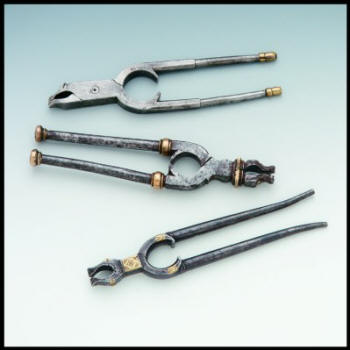Quick Links
- Home
- Contact Us
- Nutcracker Donations
- Collector's Club
- Link to Us
- Employment Info
PET POLICY
Our furry family members that are able to be carried at all times may come into the museum and the store.
"Certified Service Dogs are always welcome."

 Nutcracker
Museum
Nutcracker
Museum
